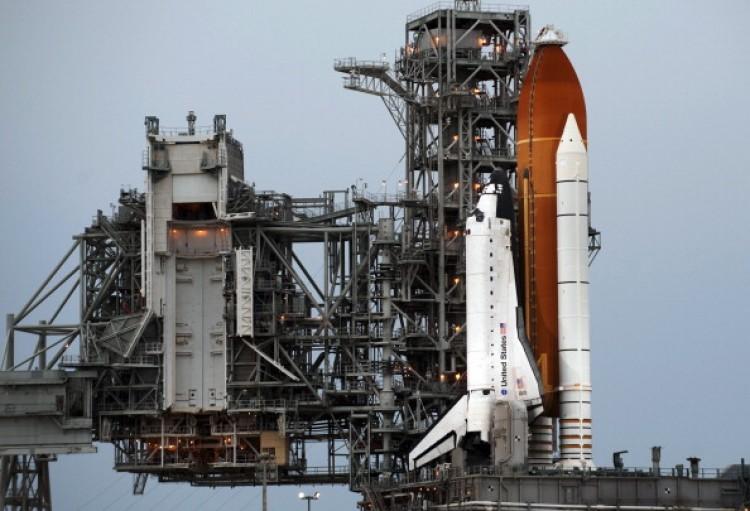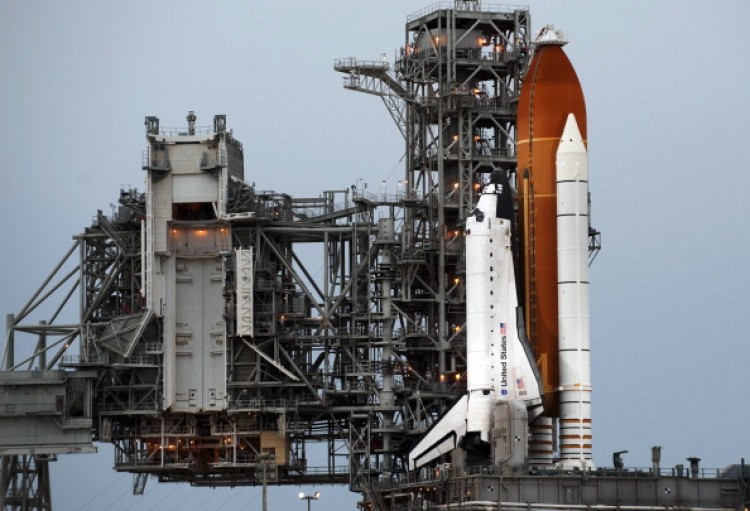The final launch of space shuttle Atlantis, and of the National Aeronautics and Space Administration’s (NASA) entire decades-long shuttle program, may be hampered and delayed by the weather according to posts on NASA’s official website.
As of 4:30 p.m. EDT, NASA was “convening an Engineering Review Board meeting … to discuss the status of space shuttle Atlantis and the launch pad following a lightning strike earlier today.”
NASA stated that the lightning strike occurred only one-third of a mile away from the Launchpad, forcing engineers, workers, and the shuttle launch team to conduct a detailed pad inspection and walk downs to search for possible problems or damage done to the equipment on the pad or the shuttle itself.
Earlier this morning during the final countdown status meeting, Shuttle Weather Officer Kathy Winters reported a 70 percent chance for unfavorable weather during the 11:26 a.m. scheduled launch tomorrow.
“We have a tropical wave that’s out in the Caribbean,” explained Winters. “That wave is actually going to come into Florida along with a lot of tropical moisture that’s down to the south, and it’s all going to roll into Florida in the next couple of days.”
The weather forecast does, however, improve for each following day. The chance for “no-go” weather decreases to 60 percent on Saturday, and even further to 40 percent on Sunday.
The purpose of the mission will be to fly supplies and spare parts to the International Space Station (ISS) carried in the Raffaello multi-purpose logistics module, and to perform the Robotic Refueling Mission (RRM), “an experiment designed to demonstrate and test the tools, technologies and techniques needed to robotically refuel satellites in space,” according to the official mission summary.
This final launch will conclude the 30-years of space shuttle missions conducted by NASA, which began with its first launch on April 12, 1981. The mission summary states that after the launch, NASA will be redirecting its focus to “destinations outside of low-Earth orbit.”
Final Space Shuttle Launch Hampered by Lightning Strike
Shuttle Weather Officer Kathy Winters reported a 70 percent chance for unfavorable weather during the 11:26 a.m. scheduled launch tomorrow.
By Ridge Shan
7/7/2011
Updated: 10/1/2015




Friends Read Free